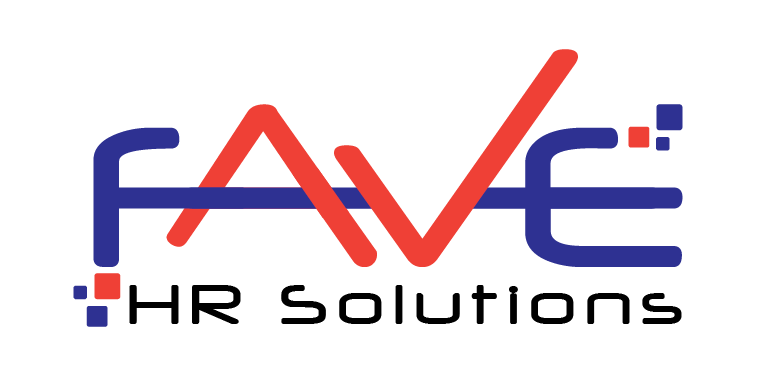
Lateral hiring, the practice of recruiting professionals with experience and expertise from other companies, has become a key strategy for organizations looking to inject fresh perspectives and skills into their teams. In today’s fast-paced business environment, where innovation and adaptability are essential, lateral hires bring unique insights that help companies remain competitive. Unlike traditional hiring, which focuses on entry-level talent, lateral hiring targets individuals who can hit the ground running, often bringing a wealth of knowledge from previous roles. This blog will explore the strategic importance of lateral hiring, its benefits, and how it enhances organizational competency.
Lateral hiring offers organizations the opportunity to attract seasoned professionals who bring diverse experiences and problem-solving capabilities. These individuals often possess specialized skills that may be lacking within the existing workforce. For example, hiring a mid-level engineer from a tech giant can bring the latest technological know-how, along with industry best practices. This transfer of knowledge helps organizations close competency gaps, enhance team performance, and promote innovation. Furthermore, lateral hires tend to have a more holistic understanding of the industry, enabling them to contribute to business strategy and decision-making processes more effectively.
Moreover, lateral hiring provides companies with an advantage in accelerating project timelines and delivering results. By recruiting professionals who already have significant expertise, businesses can save valuable time that would otherwise be spent on training and development. This is particularly beneficial in fast-evolving industries like IT, healthcare, and finance, where time-to-market is crucial. With the ability to handle complex tasks from day one, lateral hires allow companies to remain agile, respond to market demands quickly, and maintain a competitive edge. The synergy between experienced professionals and the existing workforce can lead to more efficient and innovative problem-solving.
In conclusion, lateral hiring is not just a recruitment tactic but a strategic tool for building organizational resilience and capability. It allows companies to tap into a broader talent pool, bringing in individuals with specialized skills and diverse experiences that elevate the entire team’s performance. As businesses continue to face rapid changes in technology and market dynamics, the ability to adapt through strategic lateral hires will become increasingly important. Organizations that embrace lateral hiring will find themselves better equipped to innovate, grow, and thrive in today’s competitive landscape.

